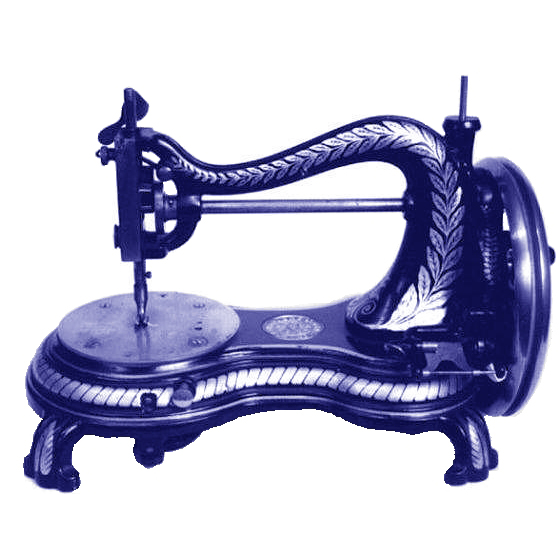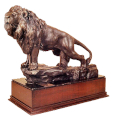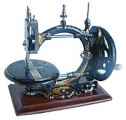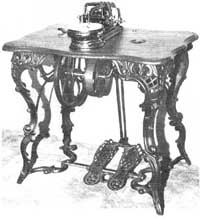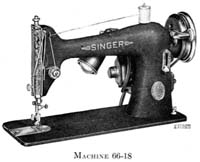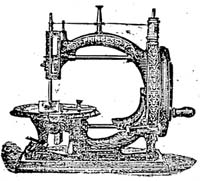Graham Forsdyke lets off steam....
Museum Requium - Our heritage in the cellar
I GUESS HAD the truant office at my school known his job, he would have easily found me every time I sloped off from classes.
With the return half of my child's underground ticket grasped firmly in one grubby paw, I'd have been easily discovered, nose pressed against a glass case, in that holy of holies, the schoolboy's dream world of the South Kensington Science Museum.
And what an exciting place it was, dingy and dusty, every corner seemed to hold a treasure challenging (although I didn't know it then) to understand and absorb.
True, many of the displays didn't work, there being little money for such trivial maintenance in post-war Britain.
But even those which failed to perform when a handle was turned or a button was pressed demanded of you to fathom out why it didn't work and what it would do if it did.
It was there that I learned of the immensity of James Watt's work and of the wonders of Faraday's inventive mind.
There was a children's section in the basement but few inquisitive-minded kids spent more than a few minutes there. No, the wonder of the South Kensington Science Museum was in its jumble of exhibits arranged seeming where they would fit rather than to a pre-determined plan.
Thus W O Bentley's alloy-pistoned rotary aero engine might rub cylinders with Arkwright's loom and the Thomas Saint replica sewing machine might share the same cabinet space as a Chinese water clock.
Now all has changed and I no longer recommend a Science Museum excursion to our capital's visitors.
Museum's should be depositories of historically-important artifacts for the world to wonder at.
Today, in our socially-aware world, they are becoming inter-active, hands-on, life-experience, education mediums which challenge not the mind but purely the ability to tick boxes in the child's museum guide.
But, I hear you point out -- we still have to go to the Science Museum in Exhibition Road if we want to see the Thomas Saint Replica.
But there's no point. Newton Wilson's carefully recreated construction of the world's first sewing machine is stowed away in an off-site warehouse along with all the other sewing machines in the national collection.
Seems there isn't enough room any more.
